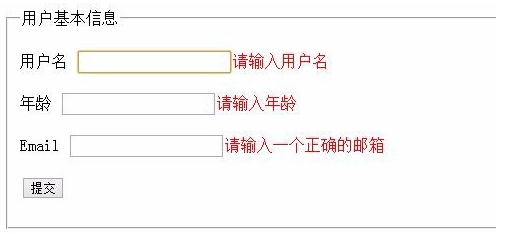网络编程挑战:Java下HTTP请求与响应的具体实现?
在Java中,我们可以使用Apache HttpClient库来发送和接收HTTP请求。以下是一个基本的示例:
- 引入所需的库:
import org.apache.http.HttpEntity;import org.apache.http.client.methods.CloseableHttpResponse;import org.apache.http.client.methods.HttpGet;import org.apache.http.util.EntityUtils;// 如果使用的是Maven,需要在pom.xml中添加依赖:// <dependency>// <groupId>org.apache.httpcomponents</groupId>// <artifactId>httpclient</artifactId>// <version>4.5.13</version>// </dependency>
- 创建HTTP客户端并发送GET请求:
CloseableHttpResponse response = null;try {// 1. 创建一个HttpGet实例,指定你要获取的资源(URL)。HttpGet httpGet = new HttpGet("http://example.com");// 2. 将创建的HttpGet实例传递给HttpClient进行发送请求操作。response = httpClient.execute(httpGet);if (response != null) {HttpEntity entity = response.getEntity();// 3. 如果响应体存在,使用EntityUtils将实体内容转换为字符串并打印出来。if (entity != null && entity getContent() != null) {System.out.println("Response content: " + EntityUtils.toString(entity));}}} catch (Exception e) {e.printStackTrace();}finally {// 关闭响应,释放资源if (response != null) {response.close();}}
- 运行上述代码,你将看到服务器返回的内容。
注意:在生产环境中,你需要管理好HttpClient的生命周期,通常会用到try-with-resources语句。


































还没有评论,来说两句吧...